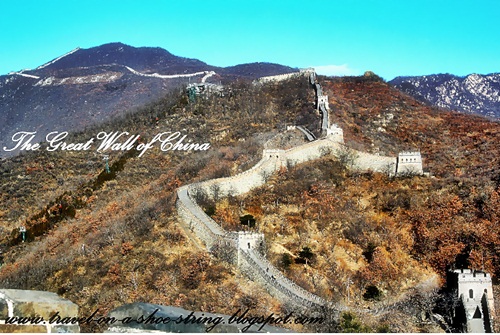The Beijing National Aquatics Center, also known as the National Aquatics Center, and nicknamed the Water Cube, (simplified Chinese: 北京国家游泳中心; traditional Chinese: 北京國家游泳中心) is an aquatics center that was built alongside Beijing National Stadium in the Olympic Green for the swimming competitions of the 2008 Summer Olympics.
Despite its nickname, the building is not an actual cube, but a cuboid (a rectangular box). Ground was broken on December 24, 2003, and the Center was completed and handed over for use on January 28, 2008. Swimmers at the Water Cube broke 25 world records during the 2008 Olympics.
The Water Cube's design was initiated by a team effort. The Chinese partners felt a square was more symbolic to Chinese culture and its relationship to the Bird's Nest stadium, while the Sydney based partners came up with the idea of covering the "cube" with bubbles, symbolising water. Contextually the cube symbolises earth whilst the circle (represented by the stadium) represents heaven. Hence symbolically the water cube references Chinese symbolic architecture.
Comprising a steel space frame, it is the largest ETFE clad structure in the world with over 100,000 m² of ETFE pillows that are only 0.2 mm (1/125 of an inch) in total thickness. The ETFE cladding allows more light and heat penetration than traditional glass, resulting in a 30% decrease in energy costs.
The outer wall is based on the Weaire–Phelan structure, a structure devised from the natural formation of bubbles in soap lather.
The structure had a capacity of 17,000 during the games that is being reduced to 6,000. It also has a total land surface of 65,000 square meters and will cover a total of 32,000 square metres (7.9 acres)
After the Olympics, the building underwent a 200 million Yuan revamp to turn half of its interior into a water park. The building officially re-opened on August 8, 2010
You might also like The Egg 


























